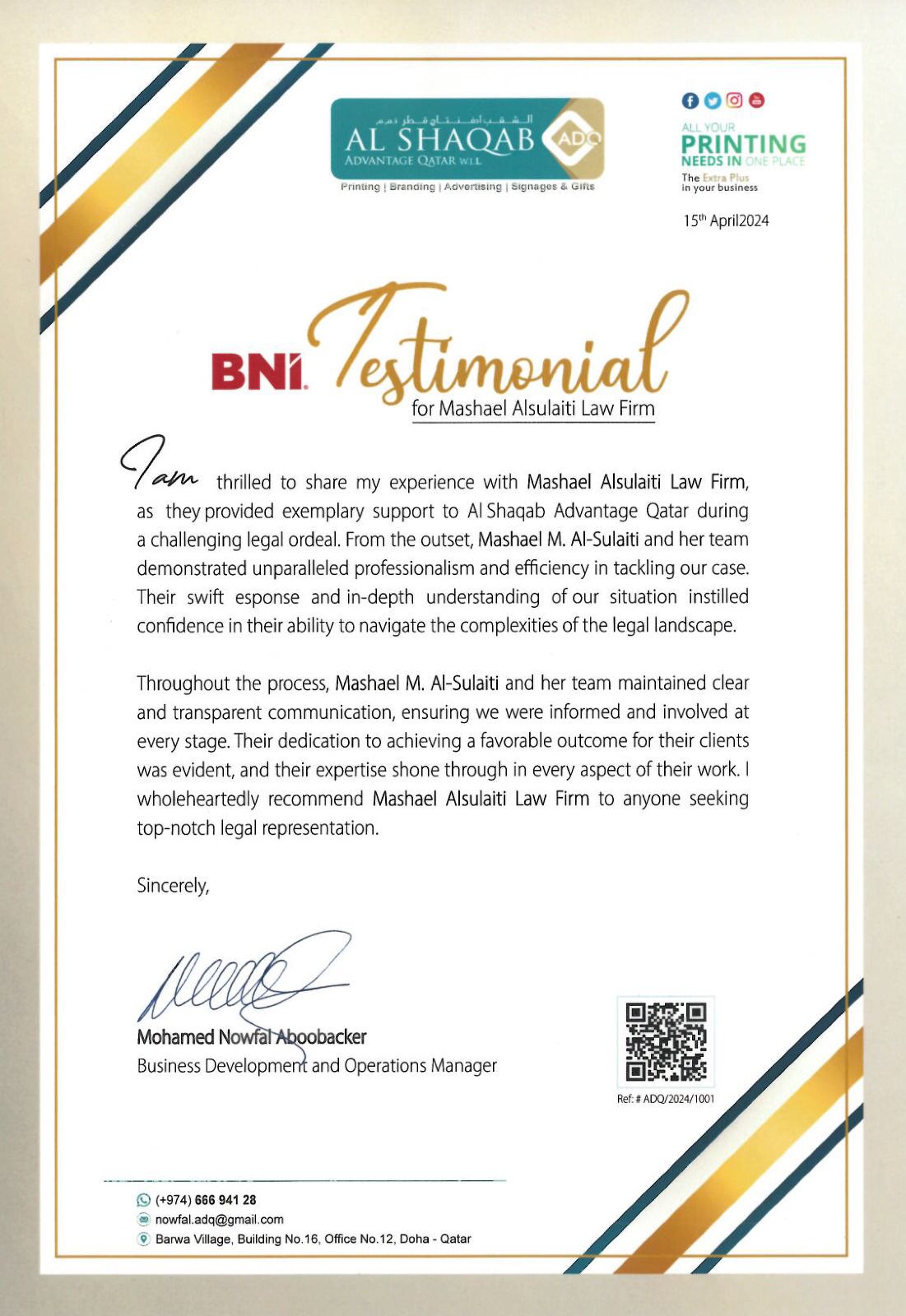Article on Health and Safety Regulations

Health and safety legislation has seen significant development over the past decades, driven by industrial and technological changes, along with increasing awareness about the importance of protecting workers. This development can be divided into several stages:
- Early 20th Century: With the Industrial Revolution, injuries and fatalities at work increased due to the lack of regulatory frameworks. During this period, some industrialized countries, such as Britain and Germany, began issuing preliminary laws to regulate working conditions.
- Post-World War II: After the war, there was a global shift towards improving working conditions, with international organizations such as the International Labour Organization (ILO) emerging. The ILO issued conventions and standards related to occupational health and safety, such as Convention No. 155 on Occupational Safety and Health (1981), which set a general framework for protecting workers in all member states.
- Early 21st Century: With modernization and comprehensive legislation, countries began issuing more detailed laws requiring companies to adhere to strict occupational safety standards. For example:
- United States: The Occupational Safety and Health Administration (OSHA) was established in 1970 to set and enforce safety standards.
- European Union: Directives on occupational safety and health, such as the Framework Directive, established general obligations on employers to ensure a safe work environment.
- Digital Age and Technological Transformation: With technological advancements, new legislations have emerged that take modern risks into account, such as safety in dealing with artificial intelligence and robotics in the workplace, as well as preventing work-related stress and psychological illnesses.
One of the most successful methods for reducing accident rates is training, as it raises awareness about health and safety by providing workers with the knowledge of how to avoid accidents by identifying potential hazards in their workspaces and finding various solutions to eliminate these risks as they arise. This approach is based on the following key points:
- It plays a positive role in the development of human resources: Training helps enhance the skills of workers, which in turn leads to improved job performance.
- It equips workers with the skills that enable them to perform their work in the correct steps to ensure their safety: Proper training provides the workers with the necessary tools and techniques to stay safe on the job.
- The training program's topics should be suitable for the target group, their culture, and the nature of the work: Training content should be tailored to address the specific needs and characteristics of the workers and the tasks they perform.
- The training program must be implemented by professional experts, with continuous evaluation and development: The program should be conducted by qualified trainers who are well-versed in health and safety standards, and the program itself should be regularly assessed and updated to keep pace with new risks and industry practices.
With the rapid evolution of technology in the modern era, some factories in the Arab region have recently adopted modern information technologies, such as artificial intelligence, drones, and other technological solutions. These technologies help collect and analyse data related to hazards, allowing for the identification of potential risks before they occur. Software systems are used to register and track accidents, known as Accident Management Systems. Instant communication apps improve communication and enhance the speed of communication between safety teams and employees, allowing for the quick exchange of vital information and sending instant alerts about risks or new instructions through smartphone apps.
The use of artificial intelligence (AI) in construction sites represents significant progress in improving the work environment and reducing accidents and risks. AI can predict potential hazards at job sites and use image and video recognition technologies to analyse footage from construction sites, detecting dangerous behaviours such as not wearing personal protective equipment (PPE) or working in unsafe areas.
The loss of a worker's job due to a work injury has a national economic impact, as it results in the loss of income needed to support the worker and their family, which negatively affects society as a whole. This loss is burdened by the community and the state, leading to a loss of economic resources. On the other hand, the positive effects and benefits of occupational safety and health on the economy are reflected in the improvement of workers' productivity, which leads to enhanced production quality, increased profits, and ultimately higher individual incomes and improved living standards. Establishing principles for occupational safety and health helps open new markets for national products, preserving economic revenues that might otherwise be lost to cover compensation costs for work injuries and fatalities, which governmental institutions and insurance companies incur every year. This preserves those revenues for the public interest and economic growth.
International organizations play a significant role in this field. The International Labour Organization (ILO) develops conventions and recommendations that set minimum standards for occupational safety and health, such as Convention No. 155. The World Health Organization (WHO) provides health guidelines related to work environment risks, and the International Organization for Standardization (ISO) issues standards such as ISO 45001, which specifies the requirements for occupational health and safety management systems.
Occupational health and safety are essential pillars for sustainable development in both advanced and developing societies that aim to achieve the desired development. This can only be achieved through cooperation between the public and private sectors, where the welfare of workers is a shared responsibility. This includes raising awareness, supporting research and technology, and encouraging investment in safety solutions to provide a safe and healthy work environment.
Regarding legal responsibility for accidents and injuries in the workplace, this depends on the laws applicable in each country, including the responsibility of the employer on one hand and the responsibility of the worker on the other. The Qatari law outlines broad responsibilities for the employer to ensure safe working conditions and protect workers from risks while guaranteeing the necessary precautions are taken. According to Article 99 of Qatar's Labor Law No. 14 of 2004: “The employer or their representative must inform each worker, upon starting their service, of the risks of their work, and any new risks thereafter, and educate them on preventive measures. Detailed instructions on health and safety measures should be displayed in a prominent place.” Additionally, Article 100 of the same law states: "The employer must take necessary precautions to protect workers from injury or illness that may arise from the tasks performed in their facility.”
Workers who sustain work injuries are entitled to receive appropriate treatment at the employer's expense, as stipulated in Article 109: "The worker who suffers a work injury has the right to receive treatment suited to their condition at the employer's expense, according to the decisions of the competent medical authority." Furthermore, Article 110 states: "The heirs of a worker who dies due to work, or the worker who suffers a permanent total or partial disability, have the right to compensation.”
As for the health aspects of workers, mental health issues are a common challenge in the workplace, leading to higher medical costs and absenteeism. These costs can be reduced by creating a psychologically healthy work environment that supports and promotes well-being. Investing in mental safety contributes to reducing stress and improving focus, which in turn increases productivity and reduces errors. When employees feel that their health is cared for at work, this enhances job satisfaction and loyalty to the company or institution, helping reduce turnover and fostering a positive atmosphere within the team.
Sources:
- Article on the Role of Training in Reducing Workplace Accidents and Injuries – Arab Institute for Safety Sciences
- Periodic Publications – Impact of Information Technology on Work Management – Palestinian Ministry of Labor
- Use of Artificial Intelligence in Occupational Health and Safety in the Construction Sector – LinkedIn
- Occupational Health and Safety and Its Effects on the National Economy – Dr. Hatem Al-Halwani
- Qatar Labor Law No. 14 of 2004
- Article in Al-Raya Newspaper – Qatar’s Commitment to Occupational Health and Safety
- IQSMS Program – Occupational Safety, Health, and Quality Risk Management Certified – Psychological Safety in the Workplace
Recent News
- H.H. the Amir Issues Landmark Amendments to the Civil Human Resources Law to Strengthen Incentives and Government Excellence
- تطور تشريعي يعيد رسم ملامح مهنة المحاماة في دولة قطر: أبرز ملامح التعديلات الواردة بالقانون رقم (19) لسنة 2025
- A New Era for Qatar’s Legal Profession: Key Reforms Under Law No. 19 of 2025

